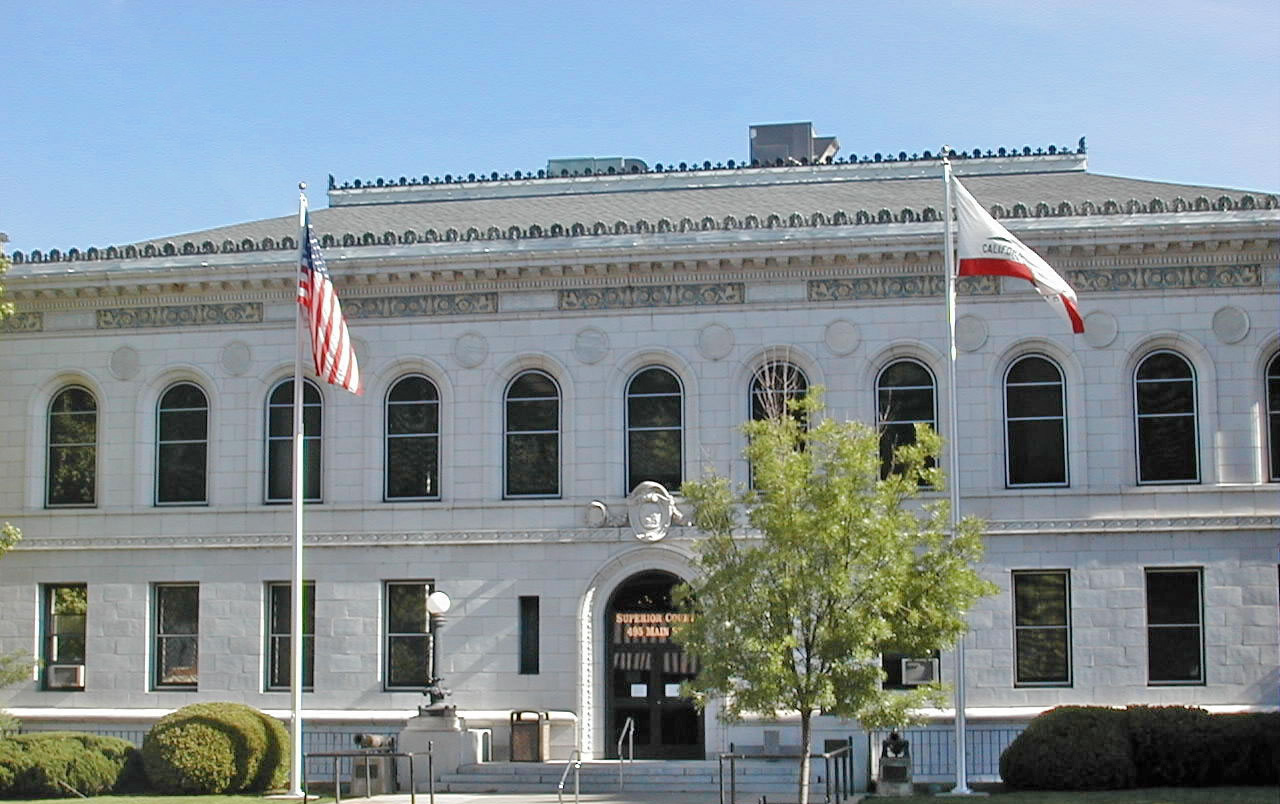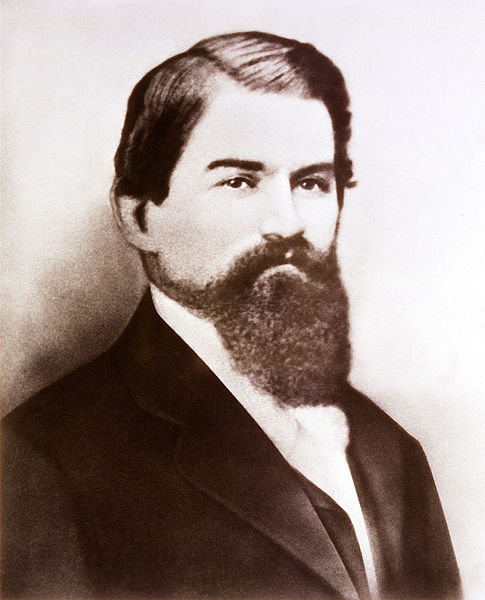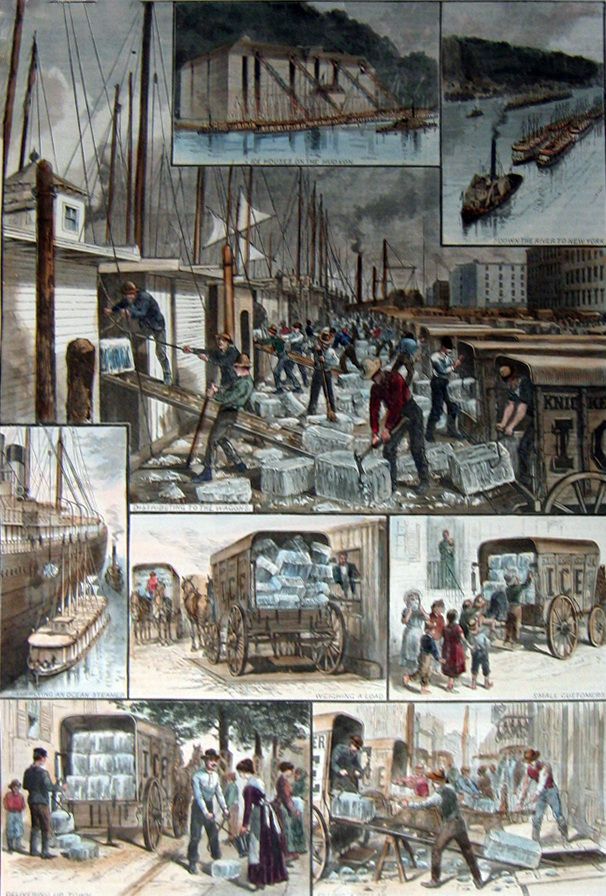|
John Pearson Soda Works
The John Pearson Soda Works, also referred to as the Placerville Soda Works, is a historic rustic vernacular Victorian brick building in Placerville, El Dorado County, California. The building, in the Gold Country region, was placed on the National Register of Historic Places (NRHP) on December 12, 1985. The building housed the Cozmic Café coffee shop and venue from 2003 until 2018. History 19th century The John Pearson Soda Works structure was built in several stages: The previous building on the site burned down in a devastating fire that affected most of Placerville in the 1850s.History , The Cozmic Café, Accessed August 2, 2009. Scottish immigrant John McFarland Pearson built the lower portion of the building in 1859 as a commercial [...More Info...] [...Related Items...] OR: [Wikipedia] [Google] [Baidu] |
Placerville, California
Placerville (, ; formerly Old Dry Diggings, Dry Diggings, and Hangtown) is a city in and the county seat of El Dorado County, California. The population was 10,747 as of the 2020 census, up from 10,389 as of the 2010 census. It is part of the Sacramento– Arden-Arcade–Roseville Metropolitan Statistical Area. History A former Maidu settlement called Indak was located at the site of the town. After the discovery of gold at Sutter's Mill in nearby Coloma, California, by James W. Marshall in 1848 sparked the California Gold Rush, the small town now known as Placerville was known as Dry Diggin's after the manner in which the miners moved cartloads of dry soil to run water to separate the gold from the soil. Later in 1849, the town earned its most common historical name, "Hangtown", because of the numerous hangings that had occurred there. However, there is debate on exactly how many lynchings occurred in the town. The town had no police force (in 1849) and five immig ... [...More Info...] [...Related Items...] OR: [Wikipedia] [Google] [Baidu] |
National Register Of Historic Places Listings In El Dorado County, California
__NOTOC__ This is a list of the National Register of Historic Places listings in El Dorado County, California. This is intended to be a complete list of the properties and districts on the National Register of Historic Places in El Dorado County, California, United States. Latitude and longitude coordinates are provided for many National Register properties and districts; these locations may be seen together in an online map. There are 20 properties and districts listed on the National Register in the county, including 1 National Historic Landmark. Current listings See also *List of National Historic Landmarks in California *National Register of Historic Places listings in California * California Historical Landmarks in El Dorado County, California References {{El Dorado County, California * El Dorado El Dorado (, ; Spanish for "the golden"), originally ''El Hombre Dorado'' ("The Golden Man") or ''El Rey Dorado'' ("The Golden King"), was t ... [...More Info...] [...Related Items...] OR: [Wikipedia] [Google] [Baidu] |
Victorian Architecture In California
Victorian or Victorians may refer to: 19th century * Victorian era, British history during Queen Victoria's 19th-century reign ** Victorian architecture ** Victorian house ** Victorian decorative arts ** Victorian fashion ** Victorian literature ** Victorian morality ** Victoriana Other * ''The Victorians'', a 2009 British documentary * Victorian, a resident of the state of Victoria, Australia * Victorian, a resident of the provincial capital city of Victoria, British Columbia, Canada * RMS ''Victorian'', a ship * Saint Victorian (other), various saints * Victorian (horse) * Victorian Football Club (other), either of two defunct Australian rules football clubs See also * Neo-Victorian, a late 20th century aesthetic movement * Queen Victoria * Victoria (other) Victoria most commonly refers to: * Victoria (Australia), a state of the Commonwealth of Australia * Victoria, British Columbia, provincial capital of British Columbia, Canada * Victoria ... [...More Info...] [...Related Items...] OR: [Wikipedia] [Google] [Baidu] |
Vernacular Architecture In California
A vernacular or vernacular language is in contrast with a "standard language". It refers to the language or dialect that is spoken by people that are inhabiting a particular country or region. The vernacular is typically the native language, normally Spoken language, spoken informally rather than written, and seen as of lower status than more codification (linguistics), codified forms. It may vary from more Prestige (sociolinguistics), prestigious speech varieties in different ways, in that the vernacular can be a distinct register (sociolinguistics), stylistic register, a regional dialect, a sociolect, or an independent language. Vernacular is a term for a type of Variety (linguistics), speech variety, generally used to refer to a local language or dialect, as distinct from what is seen as a standard language. The vernacular is contrasted with Prestige (sociolinguistics), higher-prestige forms of language, such as National language, national, Literary language, literary, litur ... [...More Info...] [...Related Items...] OR: [Wikipedia] [Google] [Baidu] |
Industrial Buildings And Structures On The National Register Of Historic Places In California
Industrial may refer to: Industry * Industrial archaeology, the study of the history of the industry * Industrial engineering, engineering dealing with the optimization of complex industrial processes or systems * Industrial city, a city dominated by one or more industries * Industrial loan company, a financial institution in the United States that lends money, and may be owned by non-financial institutions * Industrial organization, a field that builds on the theory of the firm by examining the structure and boundaries between firms and markets * Industrial Revolution, the development of industry in the 18th and 19th centuries * Industrial society, a society that has undergone industrialization * Industrial technology, a broad field that includes designing, building, optimizing, managing and operating industrial equipment, and predesignated as acceptable for industrial uses, like factories * Industrial video, a video that targets “industry” as its primary audience * Industr ... [...More Info...] [...Related Items...] OR: [Wikipedia] [Google] [Baidu] |
Industrial Buildings Completed In 1897
Industrial may refer to: Industry * Industrial archaeology, the study of the history of the industry * Industrial engineering, engineering dealing with the optimization of complex industrial processes or systems * Industrial city, a city dominated by one or more industries * Industrial loan company, a financial institution in the United States that lends money, and may be owned by non-financial institutions * Industrial organization, a field that builds on the theory of the firm by examining the structure and boundaries between firms and markets * Industrial Revolution, the development of industry in the 18th and 19th centuries * Industrial society, a society that has undergone industrialization * Industrial technology, a broad field that includes designing, building, optimizing, managing and operating industrial equipment, and predesignated as acceptable for industrial uses, like factories * Industrial video, a video that targets “industry” as its primary audience * In ... [...More Info...] [...Related Items...] OR: [Wikipedia] [Google] [Baidu] |
Coca-Cola Bottlers
Coca-Cola, or Coke, is a carbonated soft drink manufactured by the Coca-Cola Company. Originally marketed as a temperance drink and intended as a patent medicine, it was invented in the late 19th century by John Stith Pemberton in Atlanta, Georgia. In 1888, Pemberton sold Coca-Cola's ownership rights to Asa Griggs Candler, a businessman, whose marketing tactics led Coca-Cola to its dominance of the global soft-drink market throughout the 20th and 21st century. The drink's name refers to two of its original ingredients: coca leaves and kola nuts (a source of caffeine). The current formula of Coca-Cola remains a closely guarded trade secret; however, a variety of reported recipes and experimental recreations have been published. The secrecy around the formula has been used by Coca-Cola in its marketing as only a handful of anonymous employees know the formula. The drink has inspired imitators and created a whole classification of soft drink: colas. The Coca-Cola Company ... [...More Info...] [...Related Items...] OR: [Wikipedia] [Google] [Baidu] |
Ice Trade
The ice trade, also known as the frozen water trade, was a 19th-century and early-20th-century industry, centering on the east coast of the United States and Norway, involving the large-scale harvesting, transport and sale of natural ice, and later the making and sale of artificial ice, for domestic consumption and commercial purposes. Ice was cut from the surface of ponds and streams, then stored in ice houses, before being sent on by ship, barge or railroad to its final destination around the world. Networks of ice wagons were typically used to distribute the product to the final domestic and smaller commercial customers. The ice trade revolutionised the U.S. meat, vegetable and fruit industries, enabled significant growth in the fishing industry, and encouraged the introduction of a range of new drinks and foods. It only flourished in the time between the development of reliable transportation and the development of widespread mechanical refrigeration. The trade was star ... [...More Info...] [...Related Items...] OR: [Wikipedia] [Google] [Baidu] |
Buildings And Structures In El Dorado County, California
A building, or edifice, is an enclosed structure with a roof and walls standing more or less permanently in one place, such as a house or factory (although there's also portable buildings). Buildings come in a variety of sizes, shapes, and functions, and have been adapted throughout history for a wide number of factors, from building materials available, to weather conditions, land prices, ground conditions, specific uses, prestige, and aesthetic reasons. To better understand the term ''building'' compare the list of nonbuilding structures. Buildings serve several societal needs – primarily as shelter from weather, security, living space, privacy, to store belongings, and to comfortably live and work. A building as a shelter represents a physical division of the human habitat (a place of comfort and safety) and the ''outside'' (a place that at times may be harsh and harmful). Ever since the first cave paintings, buildings have also become objects or canvasses of much artisti ... [...More Info...] [...Related Items...] OR: [Wikipedia] [Google] [Baidu] |
History Of El Dorado County, California
El Dorado County (), officially the County of El Dorado, is a county located in the U.S. state of California. As of the 2020 census, the population was 191,185. The county seat is Placerville. The County is part of the Sacramento-Roseville- Arden-Arcade, CA Metropolitan Statistical Area. It is located entirely in the Sierra Nevada, from the historic Gold Country in the western foothills to the High Sierra in the east. El Dorado County's population has grown as Greater Sacramento has expanded into the region. Where the county line crosses US 50 at Clarksville, the distance to Sacramento is 15 miles. In the county's high altitude eastern end at Lake Tahoe, environmental awareness and environmental protection initiatives have grown along with the population since the 1960 Winter Olympics, hosted at the former Squaw Valley Ski Resort in neighboring Placer County. History What is now known as El Dorado County has been home to the Maidu, Nisenan, Washoe, and Miwok Indigenous A ... [...More Info...] [...Related Items...] OR: [Wikipedia] [Google] [Baidu] |
Fountain-Tallman Soda Works
The Fountain-Tallman Soda Works is a historic building in Placerville, El Dorado County, California. It currently houses the Fountain & Tallman Museum, which is owned and operated by the El Dorado County Historical Society. The rustic vernacular Victorian stone and brick building, of the Gold Country, was placed on the National Register of Historic Places on September 13, 1984. The two-story masonry structure was built as a soda water factory by John Fountain & Benjamin Tallman in 1852. The stone walls of the building are more than thick so ice and soda supplies could be kept cool. These construction materials also have protected it from fires that destroyed surrounding buildings (3 fires occurred in 1856 alone), and as a result it is one of the oldest buildings in Placerville.Ford and Ellen OsbornDay Trip #1 - Exploring Main Street Placerville, El Dorado County Visitors Authority, May 2002, Accessed August 2, 2009. Water was pulled through a small wood framed hole in the wal ... [...More Info...] [...Related Items...] OR: [Wikipedia] [Google] [Baidu] |





